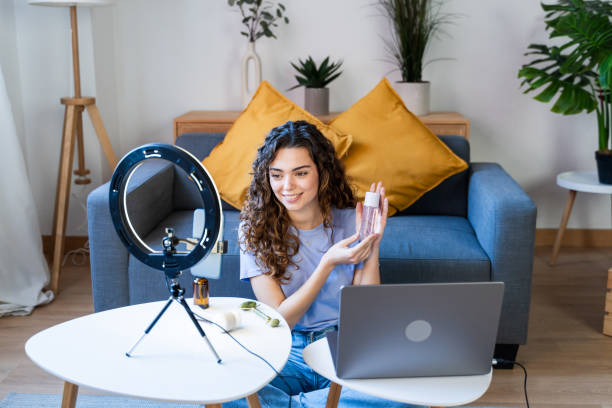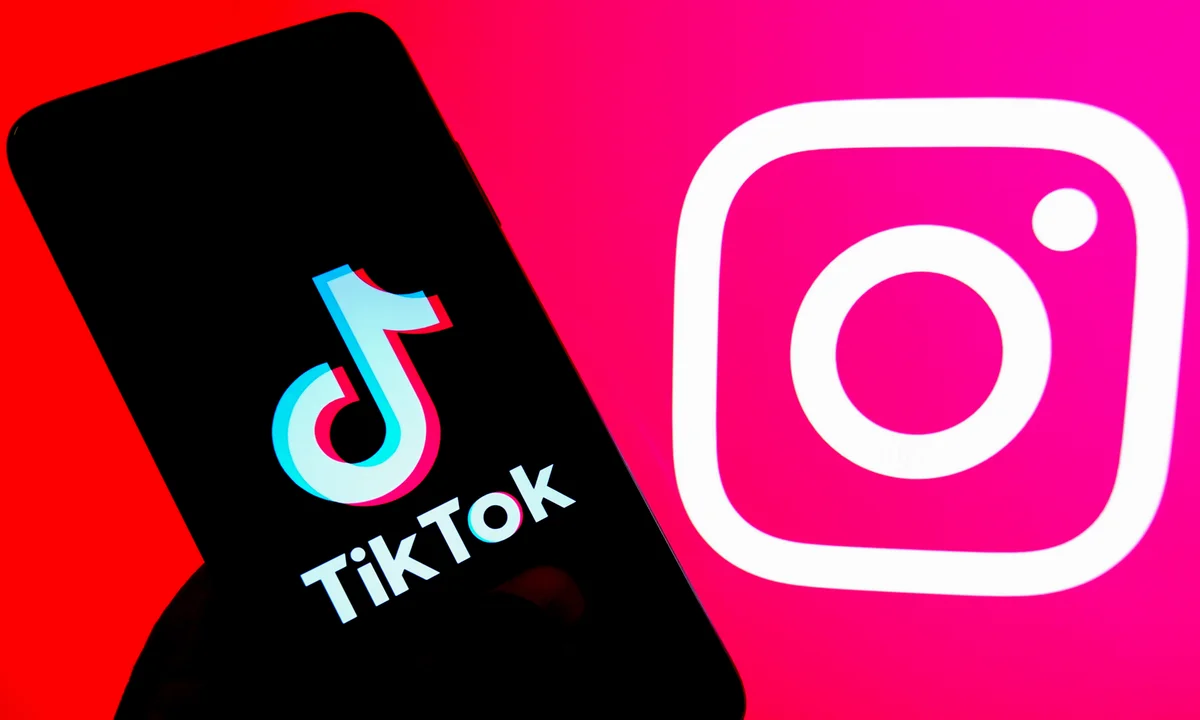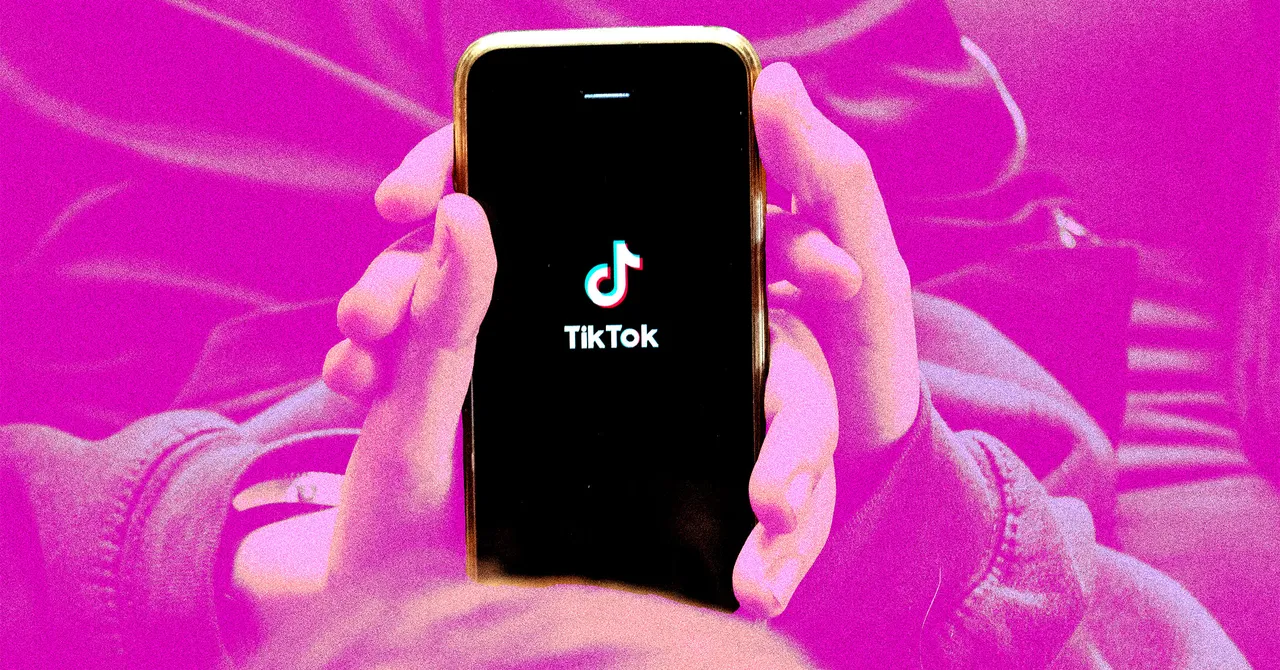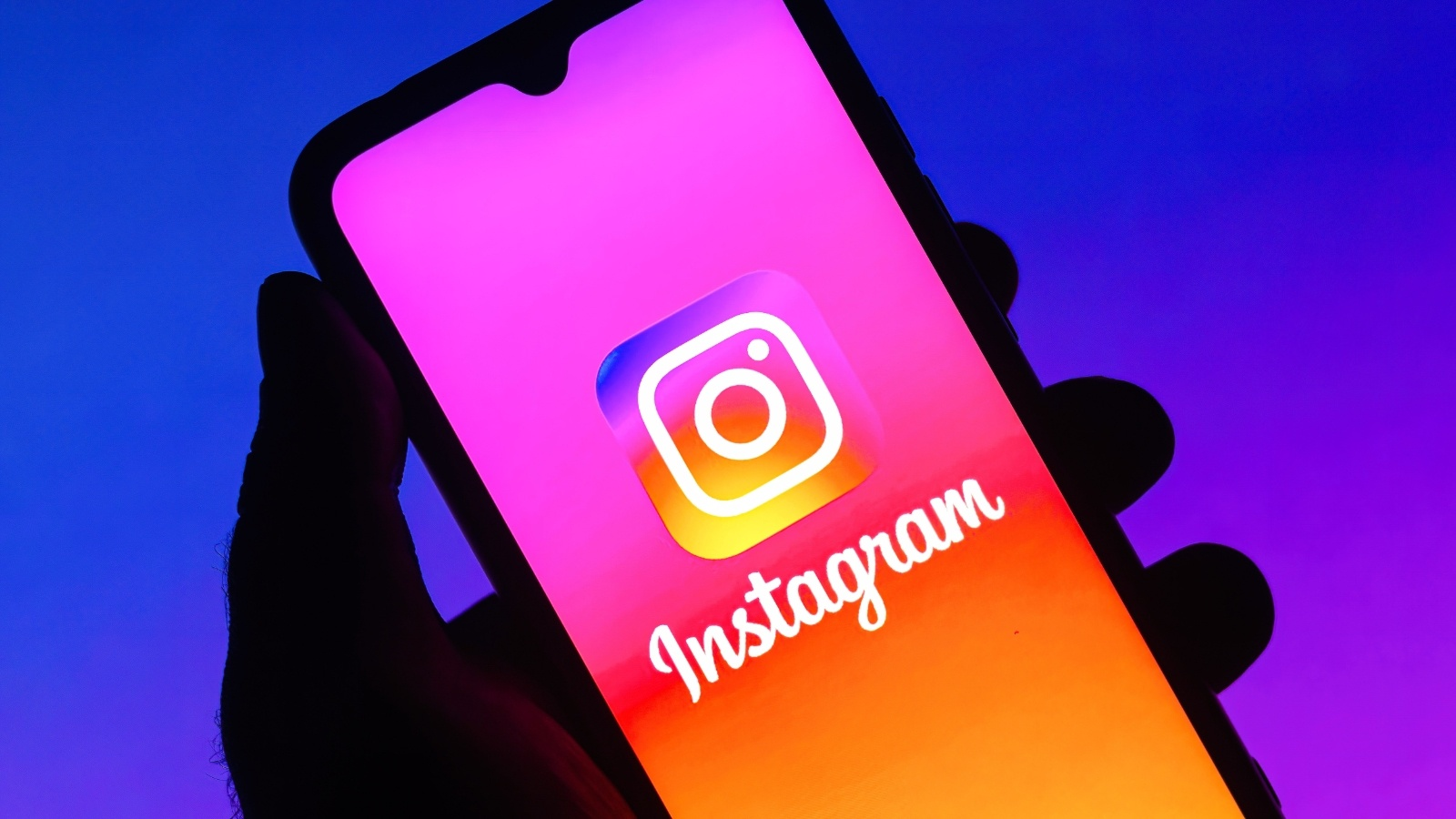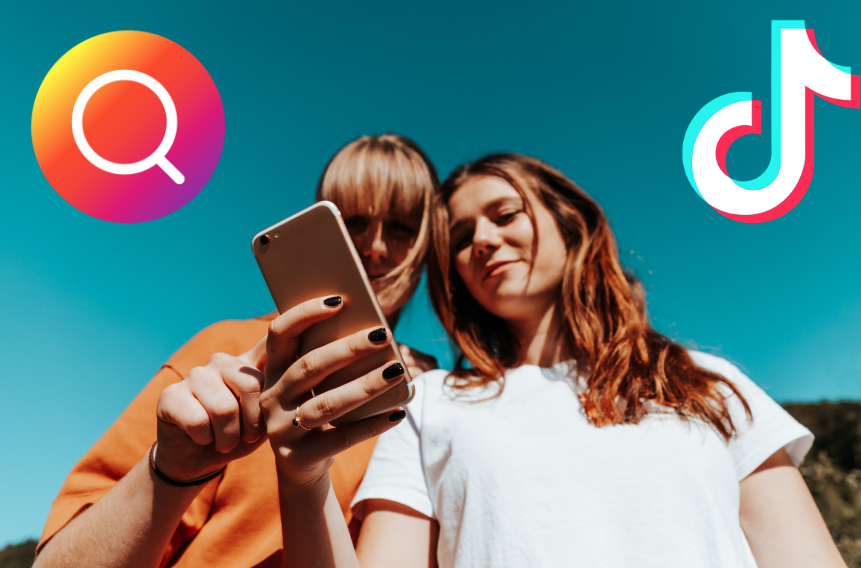In today’s digital landscape, TikTok and Instagram have emerged as powerful platforms for promoting products, offering unique opportunities for brands to connect with their audience. According to a report by eMarketer, 51% of Gen Z users TikTok at least once a month, making it a key platform for brands targeting younger consumers. On the other hand, millennials favour Instagram, with 67% of users aged 18-34 reporting that they use the platform for product discovery, as revealed by a 2023 survey from GWI. These platforms have become indispensable tools for businesses to enhance their visibility and stay ahead of the competition.
Research conducted by Social Media Examiner highlights that 86% of marketers find Instagram to be the most effective platform for influencer marketing, with 89% of users following at least one business on the app. Meanwhile, a study by Kantar found that TikTok ads were perceived to be 21% more engaging than those on other platforms, driving higher interaction rates. The combination of highly visual content, interactive features, and algorithm-driven discovery makes both platforms essential for driving product awareness and engagement.
However, successfully promoting products on these platforms requires more than just regular posting. A study from HubSpot emphasises the importance of authentic engagement and trend-driven content in capturing audience attention. By leveraging data-driven strategies and adapting to platform trends, brands can create impactful campaigns that resonate with their target audience. This article delves into the strategies for promoting products on TikTok and Instagram, supported by the latest research and expert insights to help businesses thrive in the competitive social media landscape.
Understanding the Platforms: TikTok and Instagram
TikTok Overview
TikTok has quickly grown into a global phenomenon, with over 1 billion active users as of 2023. The platform is primarily popular among younger demographics—specifically Gen Z and Millennials—who favor its fast-paced, trend-driven content. TikTok’s algorithm prioritises engagement, allowing even lesser-known creators and brands to achieve viral success.
Key Statistics:
- 1 billion active users globally
- 60% of users are Gen Z (aged 16-24)
- The typical user spends about 52 minutes daily on the platform.
Instagram Overview
Instagram is a veteran in the social media world, boasting over 2 billion monthly active users. Initially a photo-sharing app, Instagram has evolved into a multifaceted platform offering a variety of content formats—photos, videos, Stories, Reels, and more. Its user base is broad, with a significant portion comprising Millennials and older Gen Z. Instagram’s established e-commerce infrastructure makes it particularly attractive for brands looking to convert engagement into sales.
Key Statistics:
- 2 billion monthly active users
- 33% of users are aged 25-34
- 81% of users research products and services on Instagram
Comparative Analysis
While both platforms are highly effective for product promotion, they cater to slightly different audiences and content styles. TikTok excels in short-form, creative, and trend-driven content that can go viral quickly, making it ideal for brand awareness and engagement. Instagram, on the other hand, is better suited for building a consistent brand presence with visually appealing content, as well as driving sales through its integrated shopping features.
In a survey by HubSpot, 93% of marketers indicated that they actively use Instagram, while 54% have started exploring TikTok. Successful brands often use both platforms in tandem to reach a broader audience and achieve their marketing goals.
Crafting an Effective Content Strategy
1. Know Your Audience
Understanding your target audience is critical for tailoring your content and campaigns to their preferences. Both TikTok and Instagram offer detailed analytics tools to help you understand your audience’s demographics, behaviors, and interests.
- TikTok: The majority of TikTok users are between 16-24 years old, and they prefer content that is fun, authentic, and fast-paced. Studies show that Gen Z values authenticity in brand communication, so your content should reflect genuine engagement rather than overly polished advertising.
- Instagram: Instagram’s user base is slightly older, with a significant portion of users aged 25-34. The platform’s visual nature makes it especially popular among industries like fashion, beauty, and lifestyle. Instagram users expect high-quality visuals and storytelling, so your content should be aesthetically pleasing and on-brand.
To tailor your content effectively:
- Use platform analytics: Both platforms offer insights into user behavior, peak engagement times, and demographic breakdowns. Leverage these insights to fine-tune your content strategy.
- Create audience personas: Based on your research, build personas that represent your target customers. This will help you craft content that resonates with your audience’s needs and preferences.
2. Create Engaging and Authentic Content
Content on social media platforms should not only capture attention but also drive engagement. Both TikTok and Instagram reward content that keeps users interacting with the platform, so focusing on creating engaging and authentic content is key to success.
- TikTok: The most successful content on TikTok tends to be spontaneous, humorous, and aligned with trending topics. The platform thrives on viral challenges, creative transitions, and dynamic storytelling. A study by Influencer Marketing Hub found that videos with an entertainment element have a 16% higher engagement rate than other types of content. To engage users, brands should be willing to embrace a more casual and playful tone.
- Instagram: While Instagram offers more polished content opportunities, it’s still essential to keep your content engaging. High-quality visuals, consistent branding, and interactive features (like polls, questions, and quizzes) can significantly boost engagement. Instagram Stories and Reels, in particular, are great for quick, engaging content that captures your audience’s attention. According to Sprout Social, Instagram Reels generate up to 300% more engagement than traditional Instagram videos.
3. Leverage Influencer Marketing
Influencer marketing has proven to be one of the most effective strategies for product promotion on both TikTok and Instagram. Influencers have built loyal followings, and their endorsements can provide instant credibility for your brand. Partnering with the right influencers can significantly amplify your reach and impact.
- TikTok: Micro-influencers (those with 10,000 to 50,000 followers) are particularly effective on TikTok, as they tend to have higher engagement rates than mega-influencers. TikTok’s algorithm favors content that feels authentic, making it crucial to collaborate with influencers who align with your brand’s values. According to Marketing Dive, 63% of TikTok users consider product reviews from influencers before making a purchase.
- Instagram: Instagram has a well-established influencer ecosystem, making it easier to connect with influencers across different industries and follower sizes. Micro-influencers are also valuable on Instagram, but the platform’s advanced ad targeting allows you to work with influencers at all levels—whether they have a few thousand followers or millions. According to Business Insider, 49% of consumers rely on influencer recommendations on Instagram when making purchasing decisions.
4. Encourage User-Generated Content (UGC)
User-generated content (UGC) is one of the most powerful ways to promote your products on social media. When customers share their experiences with your products, it adds authenticity and social proof to your brand. Both TikTok and Instagram are highly conducive to UGC, as users are encouraged to create and share content around their favorite brands.
- TikTok: TikTok is built on a culture of participation. Hashtag challenges, in particular, are a great way to encourage UGC. When users create content featuring your product, it can spread organically across the platform, reaching new audiences. Brands like Chipotle have effectively used UGC to generate buzz around their products.
- Instagram: Instagram’s visual nature makes it a perfect platform for UGC, whether it’s photos, videos, or Stories. Encourage your customers to share their experiences by tagging your brand or using a specific hashtag. You can then reshare their content to your profile, creating a sense of community and encouraging more UGC.
Leveraging Key Features of TikTok and Instagram for Product Promotion
Both TikTok and Instagram have unique features that can significantly enhance your product promotion efforts. Here’s a breakdown of the most important features on each platform and how you can leverage them:
TikTok Features for Product Promotion
- For You Page (FYP): TikTok’s FYP is where users discover new content based on the platform’s algorithm. This is where your content can go viral, even if you don’t have a large following.
- How to leverage it: Create content that aligns with current trends, uses popular sounds, and incorporates trending hashtags to increase your chances of appearing on the FYP. Engaging with trends early and authentically can help boost visibility.
- TikTok Hashtag Challenges: Hashtag Challenges are an effective way to encourage user participation. Brands can create branded challenges that invite users to create content using a specific hashtag.
- How to leverage it: Launch a branded hashtag challenge that ties into your product. For example, skincare brand CeraVe’s #CleanseLikeADerm challenge encouraged users to demonstrate their skincare routines, generating millions of views and significant brand exposure.
- TikTok Ads: TikTok offers various ad formats, including In-Feed Ads, TopView Ads, and Branded Hashtag Challenges. Ads can help amplify your content and reach a wider audience.
- How to leverage it: Use In-Feed Ads for direct product promotion or TopView Ads for maximum visibility. Combine paid advertising with organic efforts to boost reach and engagement.
- TikTok Shopping: TikTok Shopping allows brands to integrate e-commerce directly into the platform, making it easy for users to discover and purchase products.
- How to leverage it: Set up a TikTok Shop and use video content to showcase your products. Incorporate product links in your videos to facilitate direct purchases.
- Duet and Stitch Features: These features allow users to interact with your content, either by creating a split-screen video (Duet) or splicing a portion of your video into their own (Stitch).
- How to leverage it: Encourage users to Duet or Stitch your product demos or challenges. This creates more visibility and adds a layer of engagement to your content.
Instagram Features for Product Promotion
- Instagram Stories: Instagram Stories are temporary posts that disappear after 24 hours, making them ideal for time-sensitive promotions, behind-the-scenes content, and limited-time offers.
- How to leverage it: Use Instagram Stories to promote flash sales, product launches, and exclusive discounts. Interactive features like polls and questions can engage your audience and drive more traffic to your profile or website.
- Instagram Reels: Reels are Instagram’s answer to TikTok—short-form videos that can be discovered through the Explore page.
- How to leverage it: Create fun, engaging Reels that showcase your product in action. Use trending music and effects to increase the likelihood of your Reel being featured on the Explore page.
- Instagram Shopping: Instagram Shopping lets users browse and purchase products directly from the app. Shoppable posts and Stories make it easy for users to discover and buy products.
- How to leverage it: Set up an Instagram Shop and tag your products in posts, Reels, and Stories. Shoppable content reduces the friction between discovery and purchase, driving more conversions.
- Instagram Ads: Instagram offers a variety of ad formats, from photo ads to carousel ads and video ads. Shopping ads are particularly effective for e-commerce brands.
- How to leverage it: Use carousel ads to showcase multiple products or features, and video ads to demonstrate your product in use. Shopping ads can drive direct sales by linking users to product pages.
- Instagram Live: Live streaming on Instagram allows brands to connect with their audience in real time, making it perfect for product launches, Q&A sessions, and exclusive announcements.
- How to leverage it: Host live sessions to demonstrate products, offer behind-the-scenes insights or answer customer questions. Promote your live events in advance to ensure a larger audience.
- Instagram Guides: Guides lets you curate a collection of posts, products, or places into a single, scrollable format. This feature is great for creating product round-ups or themed collections.
- How to leverage it: Create Guides around product categories, such as “Top Picks for Summer” or “Best Sellers.” This makes it easier for users to discover and explore your products in a curated format.
Case Study: Brands That Crushed It
Glossier on Instagram
Glossier, a beauty brand known for its millennial-friendly aesthetic, has built a massive following on Instagram through user-generated content, influencer partnerships, and shoppable posts. Glossier’s strategy focuses on authenticity and community-building, encouraging customers to share their experiences with products. This approach has helped the brand amass over 2.7 million followers and drive significant sales through Instagram’s shopping features.
Conclusion
Promoting products on TikTok and Instagram requires a strategic blend of creativity, data analysis, and a deep understanding of platform dynamics. By leveraging influencer partnerships, tapping into current trends, and utilizing platform-specific tools, businesses can effectively reach and engage their target audience. The research underscores the importance of creating authentic, trend-driven content that resonates with users, driving both product awareness and sales.
As the social media landscape evolves, staying informed and adaptable is crucial for long-term success. Integrating a platform like Referwo can help you find the right influencers for TikTok and Instagram, ensuring your campaigns are impactful and results-driven. This approach positions brands to thrive in the ever-changing world of digital marketing. Start using Referwo today to connect with influencers who can take your brand to the next level.

